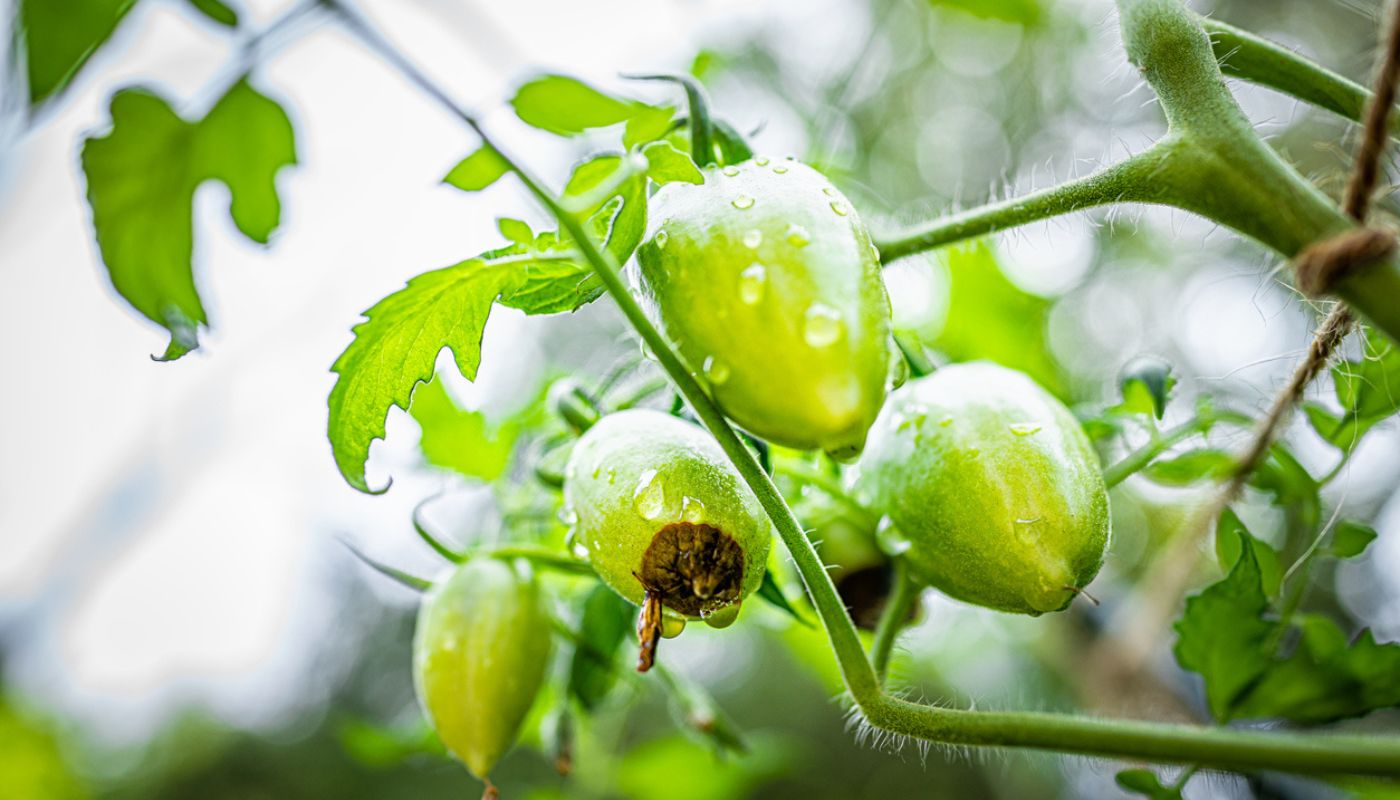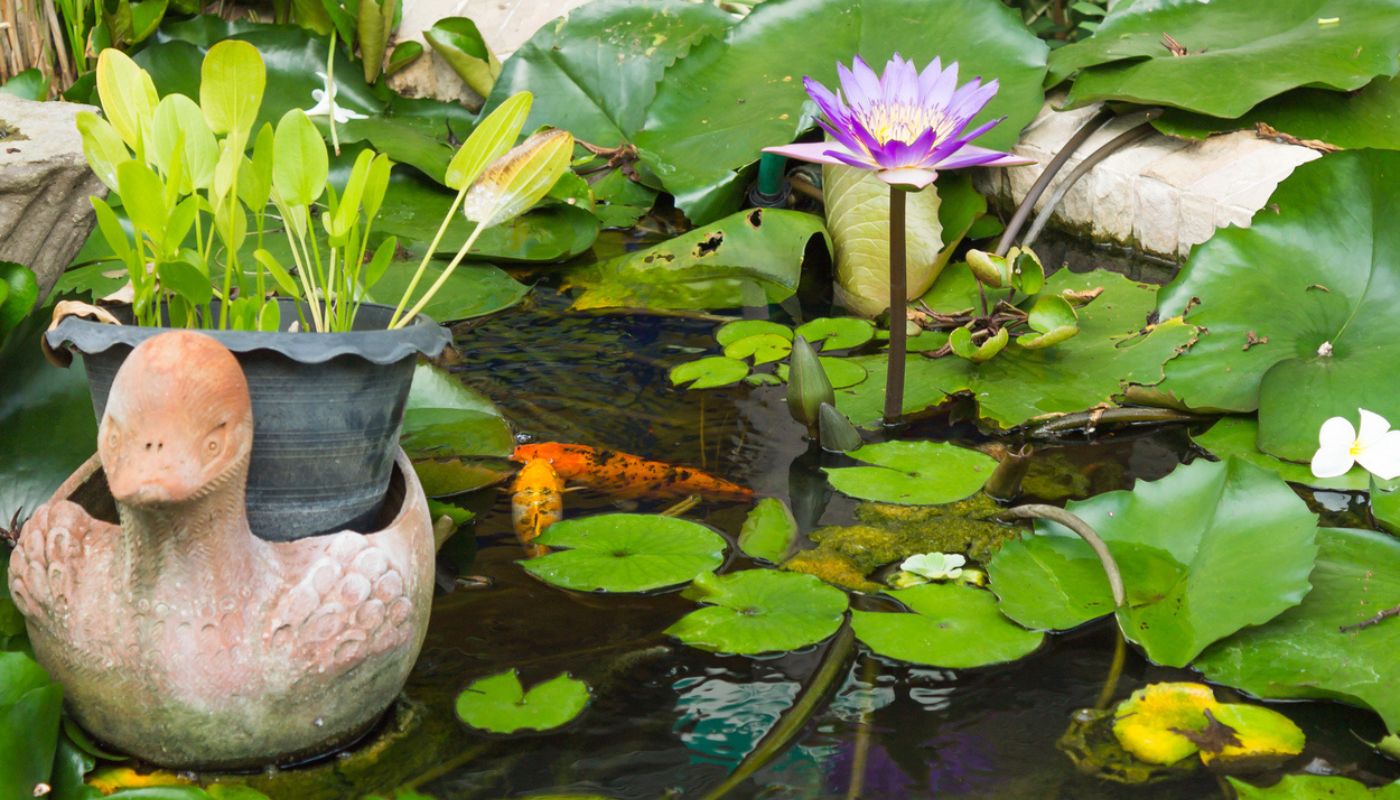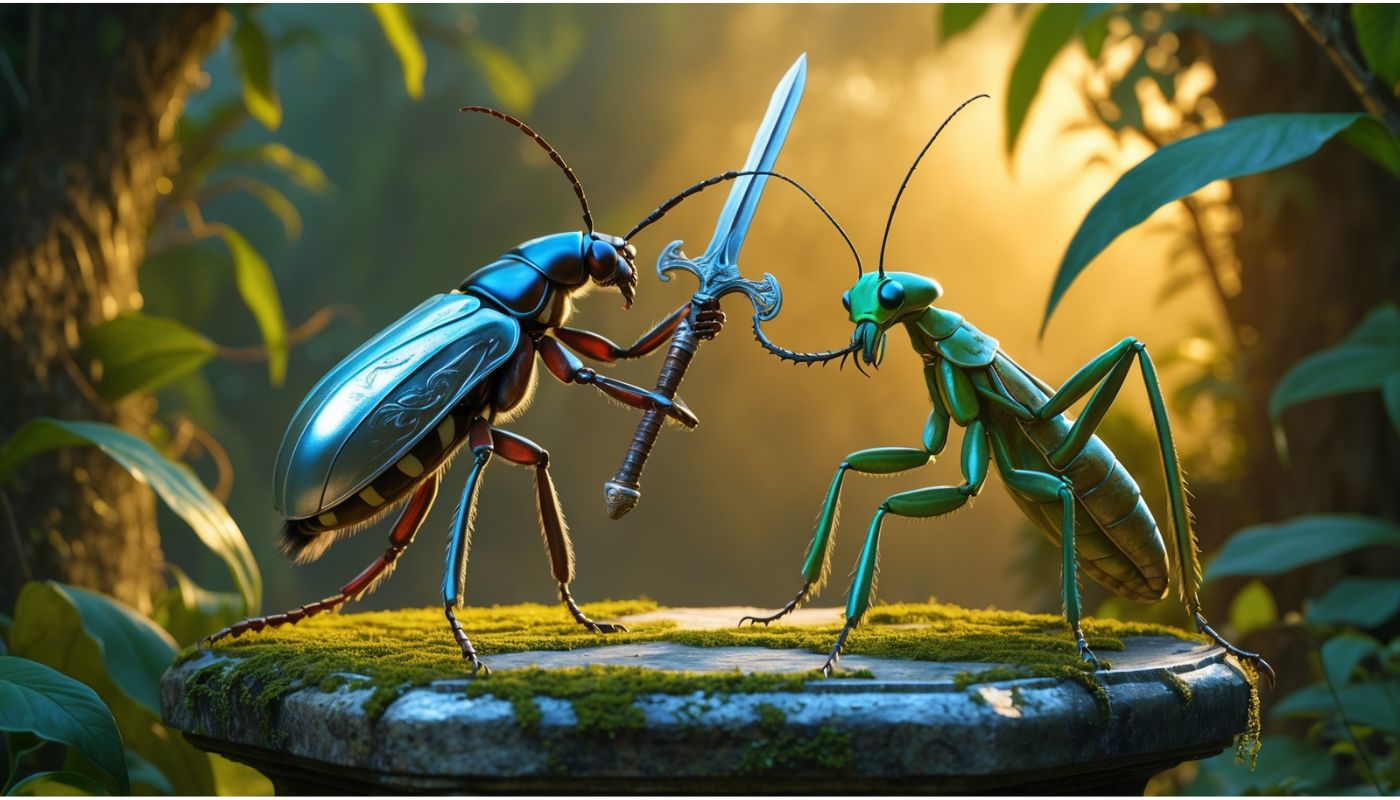
The Ultimate Guide to Companion Planting: Boost Growth and Deter Pests Naturally
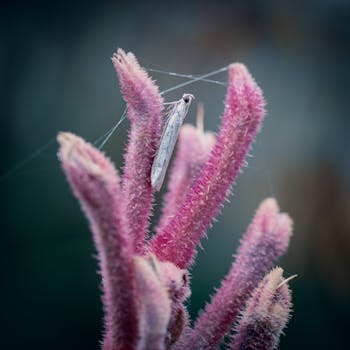
Companion planting is an age-old gardening technique that involves planting different crops in close proximity to each other to enhance growth and deter pests naturally. This method not only promotes a healthy and productive garden but also reduces the need for chemical pesticides, making it an eco-friendly choice for sustainable gardening.
The concept of companion planting is based on the idea that certain plants can benefit others when planted next to, or close to one another. This symbiotic relationship can be attributed to a variety of factors. Some plants may deter pests that would otherwise damage their companions, while others may improve the soil’s nutrient content, providing their neighbors with a better growing environment.
Take, for instance, the classic Native American combination known as the “Three Sisters” – corn, beans, and squash. The corn provides a natural trellis for the beans to climb, the beans fix nitrogen in the soil to nourish the corn, and the squash spreads along the ground, blocking sunlight to prevent weeds. Each plant contributes something to the growth of the others, creating a harmonious and productive garden.
Another popular companion planting combination is tomatoes and basil. Not only are they delicious together in a salad, but they also work well together in the garden. Basil is known to repel common pests like aphids, whiteflies, and hornworms that often plague tomato plants. Additionally, some gardeners believe that planting basil alongside tomatoes enhances the flavor of the tomatoes.
Marigolds are another excellent companion plant. These vibrant flowers are not just pretty to look at, they also have a strong scent that deters many common garden pests like aphids and nematodes. Planting marigolds around your vegetable garden can help protect your crops from these pests.
While companion planting offers many benefits, it’s important to remember that not all plants make good neighbors. Some plants, like potatoes and carrots or onions and beans, can inhibit each other’s growth when planted together. It’s essential to do your research before deciding which plants to pair in your garden.
Companion planting also extends to the concept of crop rotation. This involves changing the location of certain crops each year to prevent the build-up of pests and diseases that favor specific plants. By rotating crops, you can naturally disrupt the life cycle of pests and reduce their impact on your garden.
This is an age-old gardening practice that brings multiple benefits to your garden, whether you’re growing in soil, hydroponic systems, or aquaponic setups. By strategically placing certain plants together, you can naturally deter pests, improve soil health, and maximize plant growth. Below, we’ll explore essential companion planting combinations that work wonders for vegetables, fruits, herbs, and even trees.
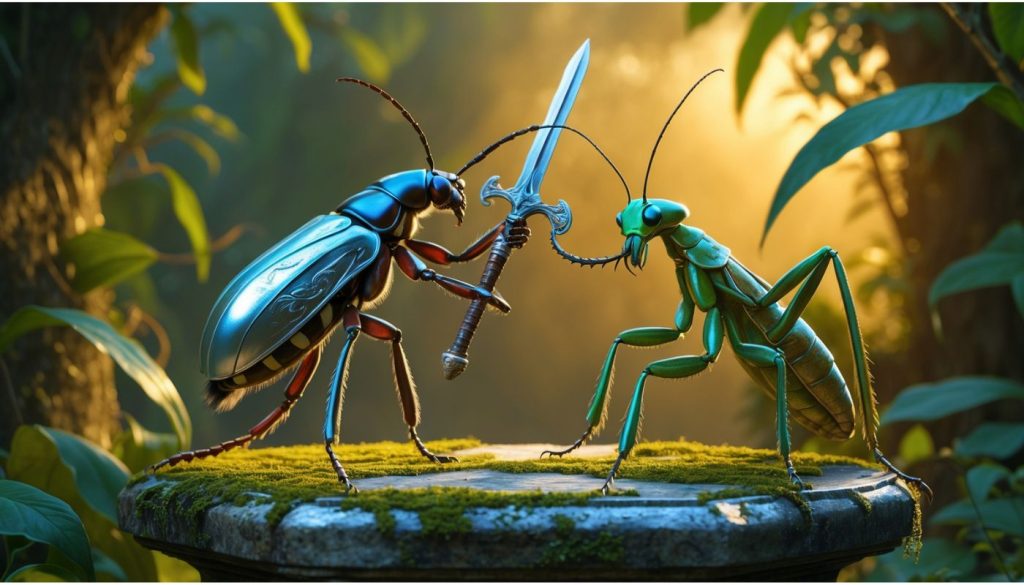
Companion Plants and Their Benefits
Insect-Repelling Plants:
Marigolds: Protect vegetables like tomatoes and peppers by repelling nematodes and aphids.
Lavender: Keeps moths and flies away while attracting pollinators.
Basil: Deters flies and mosquitoes while boosting the flavor of tomatoes.
Chrysanthemums: Effective against beetles, ticks, and roaches.
Vegetables for Companion Planting:
Tomatoes & Basil: Basil enhances the growth of tomatoes and deters pests like hornworms.
Carrots & Onions: The strong smell of onions keeps carrot flies at bay.
Corn, Beans & Squash (Three Sisters Method): Beans fix nitrogen, corn acts as a natural trellis, and squash provides ground cover to retain moisture.
Peppers & Marigolds: Reduces nematode infestations while boosting overall health.
Fruits and Trees:
Apple Trees & Chives: Chives repel aphids and prevent apple scab.
Peach Trees & Garlic: Garlic deters borers and protects peach trees from leaf curl.
Strawberries & Spinach: Spinach acts as ground cover, reducing weed growth and keeping soil moist for strawberries.
Aquaponic and Hydroponic Companion Plants:
Lettuce & Mint: Mint enhances flavor and growth while deterring pests.
Peppers & Basil: A hydroponic-friendly duo that keeps pest populations low.
Cucumbers & Nasturtiums: Nasturtiums deter whiteflies and aphids while thriving in aquaponic setups.
Companion planting not only saves you time and money but also reduces the need for chemical pesticides and fertilizers, promoting a sustainable and eco-friendly garden. Whether you’re planting in your backyard, experimenting with hydroponics, or exploring aquaponics, these combinations will set your garden up for success.

Useful Plants for Companion Planting
| Plant | Role in the Garden | Ideal Companions | Suitable Regions |
|---|---|---|---|
| Garlic | Repels aphids and caterpillars | Roses, carrots, beets | Worldwide |
| Lavender | Repels whiteflies and mosquitoes | Tomatoes, peppers, squash | Mediterranean, tropical |
| Basil | Attracts bees, repels flies | Tomatoes, peppers, eggplants | Worldwide |
| Mint | Repels ants and mosquitoes | Cabbage, lettuce, peas | Temperate and tropical regions |
| Nasturtiums | Attract aphids away from other plants | Squash, tomatoes, beans | Worldwide |
| Chives | Repels aphids | Carrots, tomatoes, potatoes | Worldwide |
| Marigolds | Repel nematodes | Root vegetables, lettuce | Worldwide |
| Sunflowers | Attract pollinators | Squash, corn, beans | Worldwide |
| Lemongrass | Repels mosquitoes | Tropical fruits, exotic plants | Tropical and subtropical regions |
| Coriander | Repels Colorado potato beetles | Potatoes, carrots, beans | Worldwide |
Harmful Insects and Their Natural Predators
| Harmful Insect | Impact on Crops | Natural Predator | Regions Found |
|---|---|---|---|
| Aphids | Suck sap, weaken plants | Ladybugs, lacewings | Worldwide |
| Spider mites | Webs on plants, leaf discoloration | Predatory mites (Phytoseiulus persimilis) | Worldwide |
| Whiteflies | Transmit viruses | Parasitic wasps, lacewings | Worldwide, especially warm regions |
| Colorado potato beetles | Devour potato leaves | Ladybugs, birds (e.g., chickadees) | Temperate regions |
| Slugs and snails | Eat young plants | Hedgehogs, toads, birds (e.g., thrushes) | Worldwide, especially in humid areas |
| Ants | Protect aphids | Beneficial nematodes, lizards | Worldwide |
| Grasshoppers | Eat leaves | Birds, frogs, spiders | Tropical and temperate regions |
| Weevils | Attack roots | Parasitic wasps, pathogenic fungi | Worldwide |
Useful Animals for Pest Control (By Region)
| Region | Useful Animals | Target Pests |
|---|---|---|
| Europe | Hedgehogs, chickadees, toads, bats | Slugs, snails, mosquitoes, aphids |
| Africa | Lizards, weaver birds, chameleons, predatory ants | Whiteflies, locusts, harmful ants |
| South America | Frogs, flycatcher birds, armadillos | Mosquitoes, potato beetles, leafcutter ants |
| Asia | Geckos, sunbirds, bats | Whiteflies, mosquitoes, caterpillars |
| North America | Ladybugs, hummingbirds, mockingbirds | Aphids, caterpillars, whiteflies |
| Australia | Possums, kookaburras, frogs | Grasshoppers, beetles, harmful spiders |
Examples of Vegetables and Fruits for Companion Planting
| Vegetable/Fruit | Role in the Garden | Ideal Companions | Suitable Regions |
|---|---|---|---|
| Tomatoes | Attract pollinators, repel aphids | Basil, carrots, garlic | Worldwide |
| Potatoes | Protected by coriander from beetles | Chives, coriander, beans | Temperate regions |
| Squash | Attract bees | Beans, sunflowers | Worldwide |
| Cabbage | Repels caterpillars | Mint, thyme | Worldwide |
| Strawberries | Attract pollinators | Spinach, onions | Temperate and cold regions |
| Corn | Serves as a natural trellis | Climbing beans, squash | Worldwide |
| Peppers | Attract pollinators | Basil, lavender | Worldwide |
| Lettuce | Protected by marigolds | Garlic, nasturtiums | Worldwide |
| Cucumbers | Protected by radishes from beetles | Sunflowers, radishes | Worldwide |
| Apple trees | Attract birds to control pests | Lavender, garlic | Temperate and cold regions |
Regional Insects and Their Solutions
| Region | Common Pests | Solution |
|---|---|---|
| Europe | Spider mites, aphids, whiteflies | Introduce predatory mites, ladybugs, lacewings |
| Africa | Locusts, whiteflies, leafhoppers | Encourage predatory ants, chameleons, birds |
| South America | Mosquitoes, potato beetles, leafcutter ants | Attract frogs, parasitic wasps, armadillos |
| Asia | Whiteflies, caterpillars, beetles | Use geckos, sunbirds, and parasitic wasps |
| North America | Aphids, grasshoppers, snails | Encourage birds (e.g., chickadees), frogs, beneficial nematodes |
| Australia | Grasshoppers, beetles, harmful spiders | Use possums, kookaburras, and predatory beetles |





